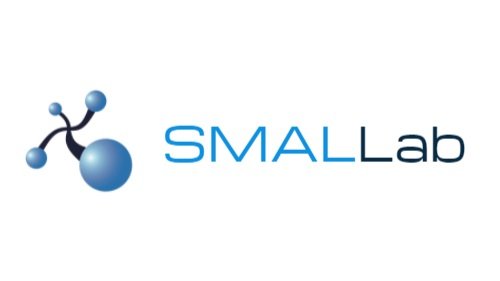First-grade teacher Cheryl Arnett introduced Kinect into her classroom at Sunset Elementary School in Craig, Colo., and has been delighted by the results, which include outstanding standardized test scores. Microsoft is working with schools across the U.S. that are testing using Kinect in the classroom to develop “21st century skills.” March 6, 2012, in a Microsoft Feature Story...
“Bringing technology into the classroom inspires them,” she said. “Their lives are different than ours were, and just giving them a book and a worksheet is not always appropriate anymore. I’m fascinated by Kinect. There’s power for kids in things that capture their interest and are also something they can learn from. We’ve barely scratched the surface of where this can go; it’s limited only by our imaginations.”
Gaming is not a new idea in the classroom – what is new is Kinect, which offers a human user interface that creates a rich and simulated world that participants can be involved in. “We have the ability to get data behind game play to help inform instruction,” said Cameron Evans, National and Chief Technology Officer for U.S. Education at Microsoft. "The potential behind bringing gaming to education is immense."
The majority of time spent playing video games, the gamer is failing, he said. Yet when a player fails in a game, they come back again and again until they get it right. Bringing gaming to education could help a student who fails a math test, for example, keep trying until they get it right.
“I was a high school math teacher for 10 years, and I knew I wasn’t reaching all of the students. I knew I was missing something,” said Robin Angotti, now an associate professor of math education at the University of Washington-Bothell.
She went back to school to get a Ph.D. in math education. Then she got “bit by the research bug,” which is how she came across Kinect and decided to create a math app that would bridge the gap between the abstract formulas and the real world her students live and breathe in.
“Math is a gatekeeper. If kids don’t get into algebra by their freshman year of high school, they’re off track to major in any kind of STEM [science, technology, engineering or math] field,” Angotti said. “It’s really interesting – data shows that math is a favorite subject when kids are younger. Somewhere in the middle school years, when they’re starting to have to abstract (when math moves from the concrete world of addition, subtraction and multiplication to the more abstract equations of geometry and algebra), we’re losing them. This piece of software makes math less abstract.”
“It’s amazing. I think we’ve only scratched the surface. I see so many applications for education,” Angotti said. “We’re not just saying here’s the equation, or telling them what to do and having them repeat it. It’s a phenomenon where they can reach up and touch the equation, and move it around. All of a sudden they’re asking different questions, and there’s this sense of understanding.”
Technology and Kinect have earned a permanent place in Cheryl Arnett's classroom, "There are a lot of things I don’t know the answers to, but I’m willing to work with them, and find the answers with them. We need to be the facilitators, the ones who make these opportunities available. This is important. Learning is real.”
Read the whole story from the Microsoft News Center...


